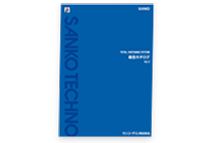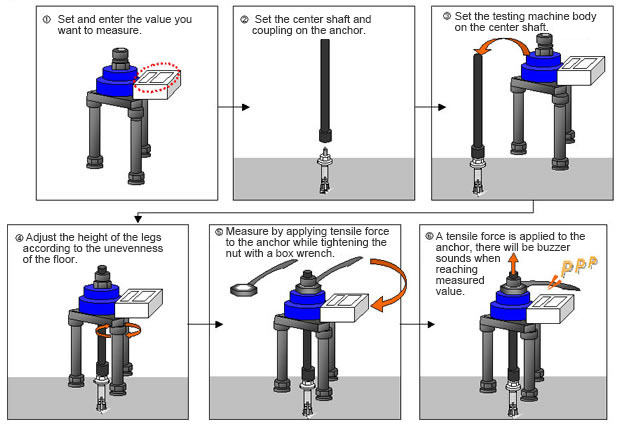A.1-1
Post-installed anchors are not but our anchor materials are JIS standard.
The thread is also manufactured with the thread accuracy specified by the JIS standard.
Please give us your feedback.
● Was this information helpful?
 Steel Anchors
Steel Anchors  Chemical Anchors
Chemical Anchors  Other Anchors
Other Anchors  Wall Anchors
Wall Anchors  Roof Anchors
Roof Anchors  Core Drill Bits
Core Drill Bits  Drill Bits
Drill Bits  Setting Tools
Setting Tools  Techno Testers
Techno Testers  Infrastructure Anchors
Infrastructure Anchors 


